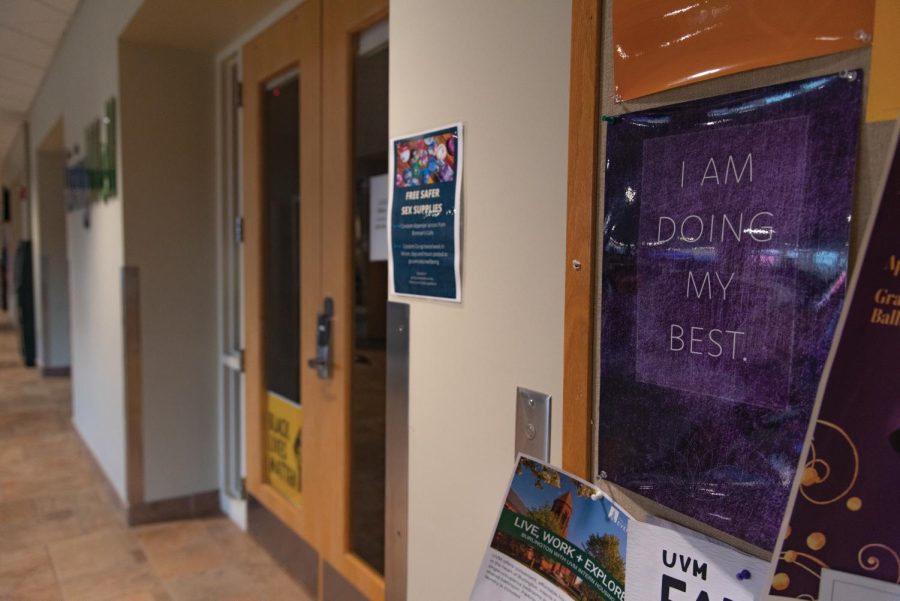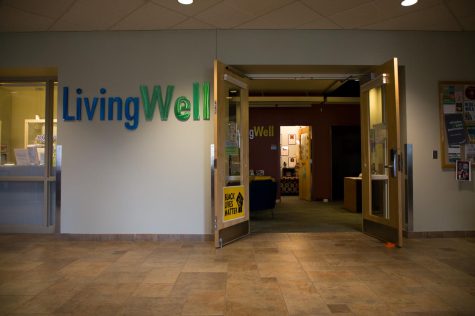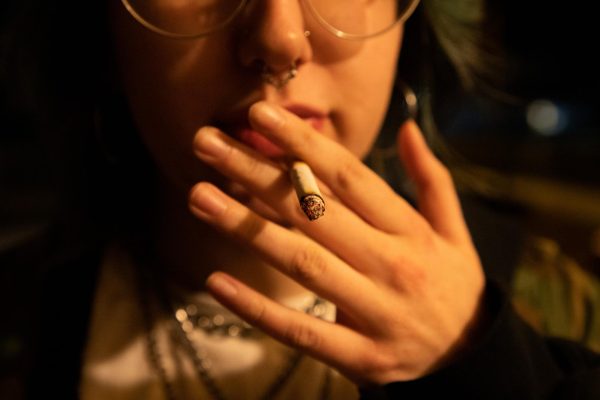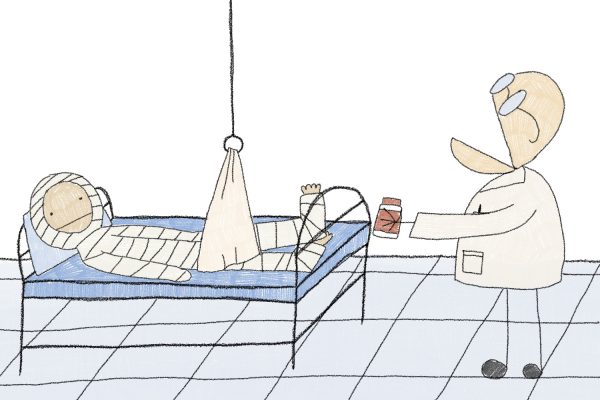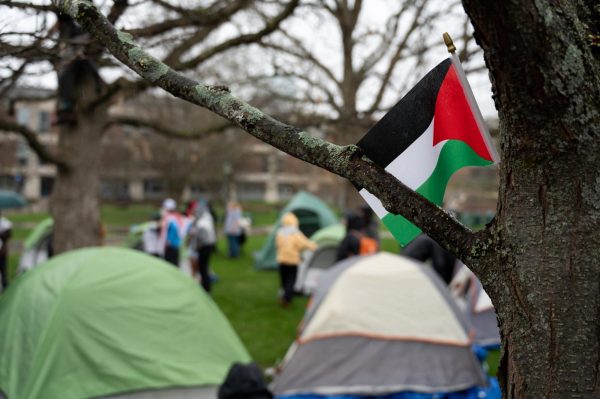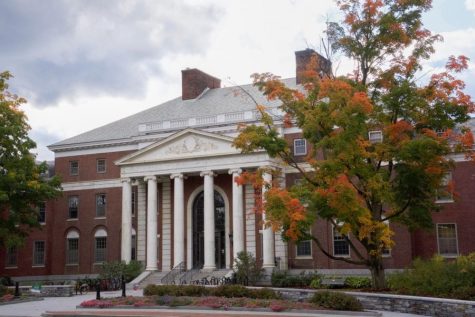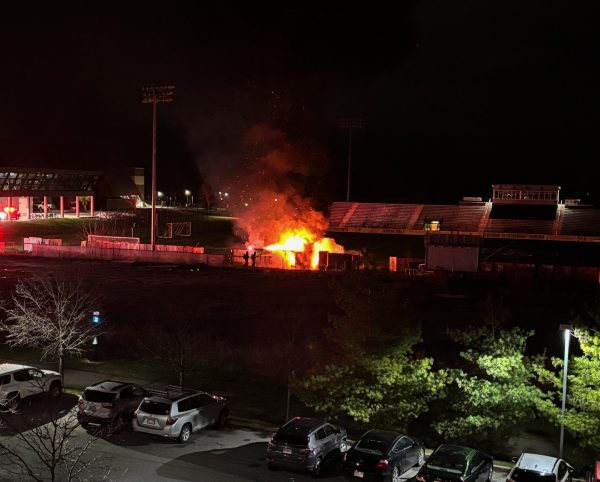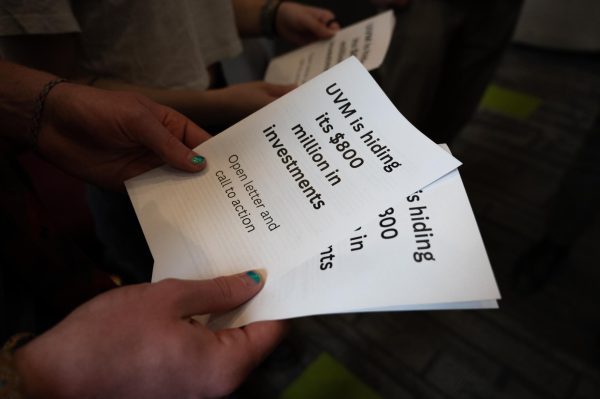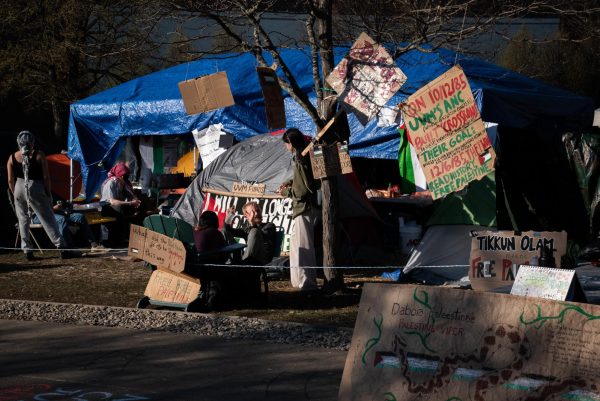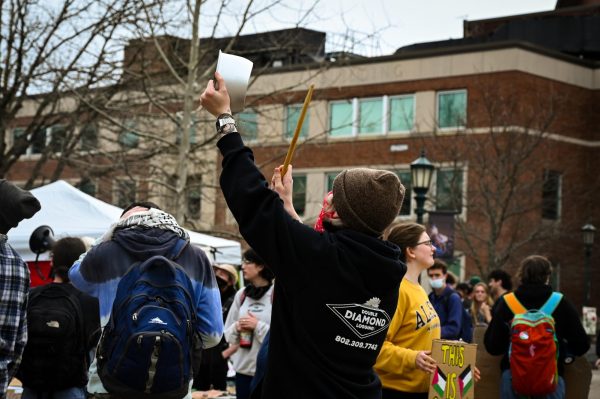Recovery program has inclusive community approach for students
The Living Well office April 17. Living Well and the Catamount Recovery Program serve as resources under the Center of Health and Wellbeing at UVM.
Editor’s note: The name of one recovering student interviewed for this piece has been changed to a first-name pseudonym for privacy.
The Catamount Recovery Program helps students in recovery from substance use in an inclusive manner, said Amy Boyd Austin, Catamount Recovery Program director.
The program works to create a community for students in recovery that provides them with social connections, relationships and meaningful time together, Austin said.
“Most collegiate recovery programs have a very rigid definition of recovery that is abstinence-only,” Austin said. “Not everybody has access to treatment resources and the ability to 100% go into an abstinence-based lifestyle.”
The CRP has been active for 12 years, but Austin began program development 14 years ago, she said.
Funding for the CRP comes from the Student Health Fee, Austin said. Several donors have also contributed to the funds for the program.
Full-time students pay the Student Health Fee as a part of the UVM Comprehensive fee, which covers physical and mental health related issues, according to the Center for Health and Wellbeing site.
Community is the strongest element of the CRP because isolation can be deadly for someone with a substance abuse disorder, Austin said.
“Students who are abstinence-based are […] the most at-risk and [have] the most challenges finding community here at UVM,” Austin said.
CRP has activities most days of the week that aim to connect the students and engage them with the CRP space, Austin said.
Students in the CRP may also apply for housing in Living/Learning for a substance-free environment if they want it, Austin said.
It would be beneficial to the community for more people to know about the program, said John, a person in recovery in CRP. If it were broadcasted more, more people in recovery would be involved in the CRP.
Once a person joins the program, Austin strongly suggests they take two semesters of a class specifically for students in recovery, John said. The class is one credit per semester and its main purpose is to familiarize the person with Austin.
“Recovery is broadcasted of an image of the 40 year-old white man and his life is over, but it’s really not,” John said. “There’s a very young, jovial community in recovery.”
Austin coordinates well-planned CRP events, John said. The events allow students in recovery to focus on spending time with friends without having to worry constantly about trying to stay sober.
The CRP is not a part of any other aspect of the University because anonymity is a critical part of being in recovery, John said.
All people are welcome in the CRP space regardless of the nature of their relationship with recovery, said Michael Hill, a substance misuse prevention specialist in Living Well, UVM’s center for promoting healthy living.
A student in recovery may be looking to get sober from alcohol but could have an entirely different, non-toxic relationship with cannabis, Hill said. Partial sobriety, where an individual abstains from a substance but may still use others, is part of harm reduction, he said.
Harm reduction is an approach to drug use that seeks to reduce negative impacts on active drug users in order to keep them alive and as healthy as possible, according to the Substance Abuse and Mental Health Services Administration website.
Students interested in getting involved with the CRP can contact Austin at [email protected].


